Squats are an important part of any workout, not only building leg muscles but also quadriceps, hamstrings and calves. They also provide an anabolic aspect to your workout, improving overall muscle building.
If you have realized how important squats are in your workout, you may be surprised to learn that adding box squats can not only bring added benefits to your workout routine but it could also improve your squatting technique overall.
What Are Box Squats?
A box squat is a weight-lifting technique with a box or bench placed behind you. The goal is to aim for a box height for a parallel squat, but you can train with a box that is higher or lower depending on your training. With the weight across your shoulders, you lower yourself to a sitting position until you are seated on the box, pause and then lift yourself up again without bouncing.
Benefits of Box Squats
Box squats offer significant benefits in a workout. The biggest benefit is that it can actually improve your squatting technique. Often, people squat by initiating the knees and not the hips which can overload the quads and increasing the chance of injury. By forcing yourself to “sit back” on the bench, you put more pressure on your hips, relieving the pressure on your knees.
With a box squat, you also tend to take a wider than shoulder stance while holding the bar lower and your knees over your toes. This further increases the stress on glutes, hamstrings and your lower back.
Pausing on the box also forces you to rise from a dead stop rather than “bouncing,” increasing posterior chain power.
Athletes also tend to cheat depth in squats as their weight level rises so a box squat keeps you from doing that. Box squats force you to tighten your body in order to come off the box, getting more benefits from the lift.
How to Box Squat
Begin a box squat by standing in a power rack with the box behind you. Step under the bar and place it across your shoulders then squeeze your shoulder blades together, rotating your elbows forward as if you were bending the bar across your shoulders. Create a tight arch in your lower back, lift the bar and step back, your head facing forward. Push your knees and butt out, then start to lower your body. Sit back until your butt is seated on the bench, shins perpendicular to the ground. Pause, relax your hip flexors and then, with your weight on your heels, push your feet and knees out, pushing upward. Lead the movement with our head, continuing up until you reach your starting position.
Box squats can increase the value of your leg workout but can also improve your squat technique overall. The key is to learn how to do the box squat correctly and to continue using free squatting in order to get a good overall workout. Learn more workout techniques by subscribing to my YouTube channel.
You Might also like
-
Over 100 Motivational Fitness Quotes With Images
Are you looking for the perfect motivation quote, meme, or image? Click to find the perfect one for your day! Feel free to download, share, etc!!
-
Pre-Workout vs. Post-Workout Supplements: What You Need to Know for Optimal Fitness Results
In the realm of fitness, the timing of your nutrition is just as crucial as the workouts themselves. It’s a key factor that can significantly influence your performance, recovery, and overall progress towards your fitness goals. This is where the roles of pre-workout and post-workout supplements come into play, each serving distinct purposes that complement your exercise regimen. Pre-workout supplements are designed to prime your body for peak performance during your workouts, while post-workout supplements aid in recovery and muscle rebuilding after the exertion. The purpose of this article is to delve into the specifics of pre vs post workout supplements, providing insights into how to choose the best options available on Amazon, tailored to meet different fitness objectives.
Key Takeaways
- Pre-workout supplements are designed to enhance energy, focus, and endurance, allowing for more effective workouts.
- Post-workout supplements support recovery, muscle repair, and nutrient replenishment after exercise.
- Both types of supplements should be chosen based on individual fitness goals, dietary needs, and safety considerations.
- Timing and proper hydration are crucial for maximizing the benefits of pre- and post-workout supplements.
- Always consult with a healthcare provider before starting any new supplement regimen, especially if you have pre-existing health conditions or are taking other medications.
Comparison Table: Pre-Workout vs. Post-Workout Supplements
Feature Pre-Workout Supplements Post-Workout Supplements Primary Goal Enhance workout performance Support recovery and muscle repair Key Ingredients Caffeine, beta-alanine, creatine Protein, BCAAs, glutamine, electrolytes Timing 30-60 minutes before exercise Within 45 minutes after exercise Benefits Increased energy, focus, endurance Improved muscle recovery, growth Considerations Potential overstimulation, hydration Protein quality, dietary preferences Understanding Pre-Workout Supplements
Definition and Purpose of Pre-Workout Supplements
Pre-workout supplements are designed to amplify your energy, improve your stamina, and sharpen your focus during workouts. They’re formulated to prepare both your body and mind for the demands of intense exercise sessions, ensuring you can perform at your peak from start to finish. The ultimate goal of a pre-workout supplement is to help you achieve better results from your training by enhancing your ability to train harder and for longer periods.
Key Ingredients Typically Found in Pre-Workouts and Their Benefits
- Caffeine: A central nervous system stimulant, caffeine is well-known for its ability to increase alertness and delay fatigue. It enhances endurance and performance by mobilizing fat stores and increasing the availability of energy during workouts.
- Beta-Alanine: This amino acid boosts the concentration of carnosine in muscles, helping to reduce lactic acid accumulation during high-intensity activities. The result is a significant delay in muscle fatigue and an increase in overall workout performance.
- Creatine: Creatine is involved in the production of ATP (adenosine triphosphate), the primary energy carrier in cells. It increases physical performance in successive bursts of short-term, high-intensity exercise, making it perfect for weightlifters, sprinters, and anyone performing heavy lifting or explosive movements.
How Pre-Workout Supplements Enhance Performance, Endurance, and Focus
How Pre-Workout Supplements Enhance Performance, Endurance, and Focus
By combining ingredients like caffeine, beta-alanine, and creatine, pre-workout supplements can significantly improve your exercise capabilities. Caffeine sharpens focus and awareness, allowing you to remain dedicated and attentive to your workout. Beta-alanine and creatine work to enhance physical performance by delaying fatigue and increasing energy production, respectively. This combination ensures that both your mind and body are primed for peak performance, enabling you to push beyond your usual limits with increased endurance and strength.
Considerations for Choosing a Pre-Workout Supplement
When selecting a pre-workout supplement, it’s essential to consider the following factors to find the best fit for your fitness journey:
- Ingredient Transparency: Look for products that clearly list their ingredients and dosages. This transparency allows you to understand exactly what you’re consuming and to avoid any hidden or potentially harmful substances.
- Dietary Restrictions: If you have specific dietary restrictions or preferences (such as vegan, gluten-free, or allergen-free), ensure the pre-workout supplement you choose complies with these requirements.
- Specific Fitness Goals: Your fitness objectives should guide your choice of pre-workout supplement. For instance, if your focus is on endurance training, look for supplements rich in beta-alanine. Conversely, if increasing strength is your goal, prioritize products with creatine.
- Side Effects and Tolerance: Pay attention to how your body responds to different ingredients, especially stimulants like caffeine. Some individuals may experience jitters, anxiety, or gastrointestinal discomfort. Starting with a half dose can help gauge your tolerance.
By carefully considering these aspects, you can select a pre-workout supplement that not only boosts your workout performance but also aligns with your health priorities and fitness goals, setting the stage for enhanced and sustained exercise success.
Exploring Post-Workout Supplements
Exploring Post-Workout Supplements
Definition and Purpose of Post-Workout Supplements
Post-workout supplements are specifically designed to aid in the recovery process after intense physical activity. Their primary purpose is to replenish lost nutrients, facilitate muscle repair and growth, and reduce recovery time. After a workout, your body is in a state of repair, seeking to replenish glycogen stores and repair the micro-tears in muscle fibers. The right post-workout supplement can significantly impact the speed and effectiveness of this recovery process, enabling you to return to your training regime sooner and with better results.
Critical Components of Post-Workouts and Their Roles in Recovery
- Protein: Essential for muscle repair and growth. Consuming protein after a workout provides the amino acids necessary for protein synthesis, helping to rebuild the damaged muscle tissue.
- BCAAs (Branched-Chain Amino Acids): Comprising leucine, isoleucine, and valine, BCAAs are crucial for muscle recovery. Leucine, in particular, plays a key role in protein synthesis, while isoleucine and valine help regulate blood sugar levels and provide energy to muscle cells.
- Glutamine: An amino acid that aids in the recovery process by reducing muscle soreness and supporting immune system function, which can be compromised after intense workouts.
- Electrolytes: Lost through sweat during exercise, electrolytes such as sodium, potassium, and magnesium are essential for hydration and maintaining proper muscle function. Replenishing electrolytes helps prevent cramping and facilitates muscle recovery.
The Importance of Post-Workout Nutrition for Muscle Recovery, Growth, and Replenishment
Effective post-workout nutrition is vital for optimal muscle recovery and growth. It helps replenish glycogen stores depleted during exercise, aids in the repair of damaged muscle tissue, and supports overall recovery to reduce fatigue and soreness. This nutritional support is crucial not only for muscle rebuilding but also for enhancing overall performance in subsequent workouts.
Tips for Selecting the Right Post-Workout Supplement
- Protein Quality: Look for high-quality protein sources such as whey, casein, or plant-based proteins that offer a complete amino acid profile. This ensures efficient muscle repair and growth.
- Recovery Aids: Choose supplements that include additional recovery aids like BCAAs and glutamine to enhance the muscle repair process and decrease recovery time.
- Avoiding Unnecessary Additives: Opt for supplements with minimal artificial sweeteners, colors, and preservatives. These additives offer no nutritional benefit and may hinder your health and fitness goals.
- Dietary Needs and Preferences: Consider any specific dietary needs or preferences you have, such as lactose intolerance or veganism, to ensure the supplement aligns with your lifestyle and dietary restrictions.
By prioritizing these factors when selecting a post-workout supplement, you can significantly enhance your recovery process, allowing for greater muscle growth, reduced soreness, and improved overall athletic performance. Remember, the goal of post-workout supplementation is to support your body’s natural recovery process, paving the way for stronger, more resilient muscles and better preparation for your next training session.
The Synergy Between Pre- and Post-Workout Supplements
The Synergy Between Pre- and Post-Workout Supplements
The intricate dance between pre- and post-workout supplements is a testament to the nuanced approach required for optimal fitness outcomes. Understanding how these supplements interact and complement each other can significantly enhance your training results, recovery, and overall well-being.
How Pre- and Post-Workout Supplements Work Together to Enhance Overall Fitness Outcomes
Pre-workout supplements prime your body for peak performance during exercise by boosting energy levels, increasing endurance, and sharpening focus. They set the stage for you to push harder and achieve greater intensity in your workouts. Post-workout supplements, on the other hand, step in after your training session has concluded to support recovery, muscle repair, and growth. They ensure that your body has the necessary nutrients to repair the wear and tear of exercise and to build stronger muscles.
The synergy between these supplements lies in their combined ability to optimize the workout process from start to finish. Pre-workouts enhance your ability to perform at your best, allowing you to maximize the efficacy of your training session. Post-workouts then capitalize on the stressed state of your muscles immediately after exercise, providing them with the building blocks required for recovery and growth. This seamless integration ensures a holistic approach to fitness that addresses both performance and recovery.
Timing Your Supplements for Maximum Effectiveness: The Anabolic Window and Beyond
The concept of the “anabolic window” has been a topic of much debate among fitness enthusiasts and experts alike. This term refers to the short time period after exercise during which your body is believed to be more receptive to nutrients for recovery and growth. Consuming post-workout supplements immediately to shortly after your workout is thought to maximize the body’s ability to repair and build muscle tissue.
While the importance of this window may vary from person to person, the underlying principle remains solid: timing matters. Pre-workout supplements should be taken 30 minutes to an hour before exercising to allow the active ingredients to take effect. Post-workout supplements, particularly those rich in protein and carbohydrates, are most beneficial when consumed within 45 minutes after finishing your exercise routine.
Balancing Supplementation with Whole Food Sources for Optimal Health and Performance
While supplements play a crucial role in optimizing pre- and post-workout nutrition, they should not be the sole source of your nutritional intake. Whole foods provide essential vitamins, minerals, antioxidants, and other nutrients that supplements alone cannot offer. A balanced diet rich in fruits, vegetables, whole grains, lean proteins, and healthy fats ensures a comprehensive nutrient profile that supports overall health and enhances performance.
Integrating whole foods with your supplementation strategy offers the best of both worlds: the targeted, fast-acting benefits of supplements and the broad, holistic advantages of whole food nutrition. This approach not only maximizes your fitness outcomes but also promotes a sustainable, healthy lifestyle that supports long-term well-being.
By understanding and leveraging the synergy between pre- and post-workout supplements, timing their intake appropriately, and balancing them with whole food sources, you can create a powerful and effective nutrition strategy that fuels your fitness journey, supports rapid recovery, and contributes to achieving your health and performance goals.
Tailoring Your Supplement Strategy to Your Fitness Goals
Crafting a supplement strategy that aligns with your fitness goals is pivotal for maximizing the effectiveness of your regimen. Whether you aim for weight loss, muscle gain, enhanced endurance, or overall health improvement, the right supplements can significantly influence your outcomes. Here’s how to customize your supplement intake based on these common fitness objectives, including recommendations for top-rated Amazon products.
Weight Loss
For those focused on weight loss, supplements that boost metabolism, enhance fat burning, and reduce appetite can be particularly beneficial.
- Caffeine: Known for its metabolism-boosting effects, caffeine can also enhance energy levels for more vigorous workouts.
- Green Tea Extract: Contains compounds like EGCG, which can aid in fat oxidation.
- Conjugated Linoleic Acid (CLA): May help reduce body fat by enhancing fat metabolism.
Featured Favorites: Applied Nutrition Green Tea Fat Burner
No products found.
Muscle Gain
Muscle gain requires supplements that support protein synthesis, energy production, and recovery.
- Whey Protein: Provides essential amino acids necessary for muscle repair and growth.
- Creatine Monohydrate: Increases muscle energy availability, improving performance and accelerating muscle growth.
- BCAAs: Supports muscle recovery and reduces soreness post-workout.
Featured Favorites: MuscleTech Platinum 100% Creatine, Ultra-Pure Micronized Creatine Powder
No products found.
Endurance Improvement
Endurance athletes need supplements that enhance energy sustainability and delay fatigue.
- Beta-Alanine: Buffers acid in muscles, improving performance in high-intensity activities.
- Electrolytes: Essential for maintaining hydration and preventing cramps during long-duration exercises.
- Carbohydrate Supplements: Provide readily available energy during prolonged workouts.
Featured Favorites: Science in Sport Go Electrolyte Energy Drink Powder
No products found.
Overall Health
For those seeking to improve overall health, supplements that provide broad nutritional support are key.
- Multivitamins: Fill dietary gaps, ensuring you get a wide range of essential nutrients.
- Omega-3 Fatty Acids: Support heart health, cognitive function, and inflammation reduction.
- Vitamin D: Essential for bone health, immune function, and mood regulation.
RunThaCity’s Pick: Nordic Naturals Ultimate Omega
No products found.
Safety and Considerations
Navigating the world of pre- and post-workout supplements requires not just an understanding of their benefits but also an awareness of safety considerations and potential pitfalls. Here, we address common misconceptions, safety concerns, and best practices for supplement use in your fitness journey.
Common Misconceptions and Safety Concerns
- Misconception: More is better.
- Reality: Exceeding recommended doses of supplements can lead to adverse effects. For instance, too much caffeine can cause jitters, insomnia, and heart palpitations, while excessive intake of creatine can lead to gastrointestinal issues.
- Misconception: Supplements are a complete replacement for meals.
- Reality: Supplements are intended to complement a balanced diet, not replace whole food sources. Relying solely on supplements can lead to nutrient imbalances and deficiencies.
Safety Concern: Contamination and purity.
Some supplements may contain impurities or undisclosed ingredients that can pose health risks. Opt for products that have been third-party tested and verified for purity.The Importance of Hydration
Hydration plays a crucial role in overall health and the effectiveness of your workout regimen. Certain supplements, especially those containing caffeine, can have diuretic effects, making proper hydration even more essential. Additionally, electrolyte balance, crucial for muscle function and hydration, can be disrupted by excessive sweating and supplement use. To mitigate these risks, ensure you’re consuming adequate fluids before, during, and after workouts.
Potential Interactions with Other Supplements
Combining supplements or taking them alongside certain medications can lead to unforeseen interactions. For example, combining different stimulant-based pre-workouts can exacerbate their effects, increasing the risk of cardiovascular issues or anxiety. It’s vital to research and understand the potential interactions between supplements or consult a healthcare provider for guidance.
When to Consult a Healthcare Provider or Nutritionist
Consultation with a healthcare professional is advisable under several circumstances, including:
- Existing health conditions: If you have any pre-existing medical conditions, especially those related to the heart, liver, or kidneys.
- Medication use: If you’re taking prescription or over-the-counter medications, to avoid potential interactions.
- Pregnancy or breastfeeding: Most supplements have not been tested for safety in pregnant or breastfeeding women.
- Uncertainty about your needs: A healthcare provider or nutritionist can offer personalized advice based on your health status and fitness goals.
Nutritionist Insight: Consider working with a nutritionist who specializes in sports nutrition. They can tailor your supplement strategy to your specific needs, dietary restrictions, and fitness goals, ensuring a balanced approach to supplementation.
6 FAQs About Pre- and Post-Workout Supplements
-
Can I use both pre- and post-workout supplements together?
Yes, using both can optimize your fitness results, with pre-workouts enhancing your workout performance and post-workouts aiding in recovery.
-
Do I really need supplements to see fitness results?
While not strictly necessary, supplements can complement your diet and exercise routine, potentially enhancing your results and recovery.
-
How do I choose the best supplement for me?
Consider your fitness goals, any dietary restrictions, and ingredient transparency. Consulting a healthcare provider can also provide personalized advice.
-
Are there any risks associated with pre-workout supplements?
Yes, particularly for those sensitive to stimulants. It’s important to monitor your response and adjust your intake accordingly.
-
How long should I wait to eat after taking a post-workout supplement?
It’s generally recommended to eat a balanced meal 1-2 hours after your post-workout supplement to further aid in recovery and muscle growth.
-
Can supplements replace a balanced diet?
No, supplements should complement a balanced diet, not replace it. Whole foods provide essential nutrients critical for overall health.
Conclusion
Supplements, when used correctly, can be a valuable addition to your fitness regimen. However, it’s crucial to approach their use with an informed and cautious mindset. By understanding and navigating the common misconceptions, safety concerns, and the importance of hydration and potential interactions, you can make more informed choices about your supplement use. Always prioritize a balanced diet and consult with healthcare professionals to ensure that your supplement strategy aligns safely with your health and fitness objectives.
-
How Riding a Sportbike Can Boost Your Cardiovascular Health
Riding a sportbike is not just an exhilarating experience; it’s also an excellent way to boost your cardiovascular health. The thrill of speeding down the highway with the wind against your face can significantly benefit your heart and muscles, making it a unique blend of adventure and health.
Key Takeaways Table:
Benefit Description Enhances Cardiovascular Fitness Riding a sportbike increases heart rate, improving cardiovascular health over time. Improves Muscle Endurance Constant control and maneuvering of the bike enhance muscle strength and endurance, particularly in the core and legs. Reduces Stress Levels The focus required while riding can serve as a form of moving meditation, reducing stress levels which is beneficial for heart health. Encourages a Healthy Lifestyle Engaging in sportbike riding motivates individuals to maintain an overall healthier lifestyle, contributing to cardiovascular health. The Heart-Pumping Benefits of Sportbike Riding
Riding a sportbike isn’t just about the thrill and freedom it offers; it’s also a remarkable way to boost your cardiovascular health. This two-wheeled adventure combines aerobic exercise with outdoor exposure, offering a multitude of health benefits, especially for your heart. In 2024, the trend towards incorporating enjoyable physical activities into one’s lifestyle for health benefits has seen a significant uptick, and sportbike riding is riding this wave with gusto.
A Cardiovascular Workout on Two Wheels
At its core, sportbike riding is an excellent cardiovascular workout. Navigating a sportbike requires constant body movement, from balancing to turning and even maintaining posture. This continuous physical engagement increases your heart rate, which in turn, pumps more blood and oxygen throughout your body. The result is a stronger heart muscle and a reduced risk of cardiovascular diseases, a point emphasized in the fitness-focused sections of the RunTheCity Fitness Blog.
Weight Management Through Exhilaration
Sportbike riding is an effective way to manage or lose weight. The combination of adrenaline, enjoyment, and physical activity ensures that you burn calories without the monotony of traditional workouts. Burning calories is crucial for weight management and reducing the strain on your heart, thereby contributing to overall cardiovascular health.
The Road to Lower Blood Pressure
Regular engagement in sportbike riding can lead to lower blood pressure and improved blood flow. The physical activity involved helps widen your blood vessels, enhancing blood flow and reducing the risk of heart disease and stroke. It’s an exhilarating way to combat hypertension, a silent killer that affects millions worldwide.
Breathe Easy, Ride Hard
The outdoor nature of sportbike riding means you’re not just working out your heart but also your lungs. Fresh air and increased oxygen intake can improve lung capacity and efficiency, ensuring that your body’s cells are well-oxygenated, which is essential for overall health and endurance.
Riding Away from Stress
Sportbike riding offers an escape from the daily grind, reducing stress and anxiety levels. The focus required to ride, combined with the enjoyment it brings, can lower cortisol levels, a stress hormone, thereby indirectly benefiting your cardiovascular health by reducing the risk of stress-induced heart problems.
Enhancing Mental Health and Cardiovascular Wellbeing
The psychological benefits of riding a sportbike extend directly to cardiovascular health. The sense of freedom, the rush of adrenaline, and the mental focus required to navigate different terrains can significantly reduce psychological stress and anxiety. Lower stress levels contribute to lower blood pressure and a reduced heart rate, underlining the connection between mental health and physical well-being. The RunTheCity Fitness Blog highlights the importance of integrating activities you love, like sportbike riding, into your routine for lasting health benefits.
Strategies for Maximizing Cardiovascular Benefits
- Consistent Riding Schedule: To reap the cardiovascular benefits, consistency is key. Aim for regular rides, integrating them into your weekly routine to ensure continuous improvement in heart and lung fitness.
- Vary Your Riding Intensity: Just like any workout, varying your riding intensity can help improve cardiovascular health more effectively. Incorporate intervals of high-intensity riding followed by periods of moderate pace to challenge your heart and lungs.
- Hydration and Nutrition: Proper hydration and nutrition play a crucial role in maximizing the benefits of sportbike riding. Staying hydrated and consuming a balanced diet rich in heart-healthy foods will fuel your rides and aid in recovery.
- Cross-Training: Complement sportbike riding with other forms of exercise such as strength training or yoga. This holistic approach to fitness can help prevent injuries and enhance your riding performance and cardiovascular health.
The Community Aspect of Riding
Sportbike riding often brings together individuals with a shared passion, creating a sense of community and belonging. This social interaction can further enhance the mental health benefits of riding, contributing to a happier, stress-free life. Engaging with fellow riders through organized rides or online forums like those featured on RunTheCity can provide motivation, advice, and friendship, all of which are beneficial for mental and cardiovascular health.
Embracing Technology for Health
In 2024, the integration of technology in sportbike riding, through fitness trackers and mobile apps, offers riders detailed insights into their health metrics and progress. These tools can track heart rate, calories burned, and distance covered, providing valuable feedback that can motivate riders to set and achieve their fitness goals, further enhancing cardiovascular health.
Supplements for Cardiovascular Health
To further support cardiovascular health, consider incorporating supplements into your routine. Based on the latest trends and recommendations from health experts in 2024, the following supplements are considered beneficial:
- Omega-3 Fatty Acids: Found in fish oil, these are known for increasing HDL (good) cholesterol and decreasing LDL (bad) cholesterol and triglycerides.
- Magnesium: Regulates blood pressure and heart rate, supporting overall heart function.
- Coenzyme Q10 (CoQ10): Enhances the heart’s pumping ability and may decrease the effectiveness of blood-thinning medication.
- Vitamin B-12 and Folic Acid: Both are essential for preventing the formation of homocysteine, an amino acid that can damage artery linings.
- Plant-Based Supplements: The rise of plant-based diets has led to an increased interest in supplements derived from plant sources, which provide essential nutrients while aligning with ethical and environmental values.
FAQs About Sportbike Riding and Cardiovascular Health
-
Can sportbike riding really improve my heart health?
- Yes, sportbike riding increases your heart rate, similar to any aerobic exercise, helping to improve cardiovascular fitness.
-
How often should I ride my sportbike for health benefits?
- Aim for at least 150 minutes of moderate-intensity activity per week, as recommended by health organizations.
-
Is sportbike riding better than walking or running for cardiovascular health?
- Sportbike riding offers unique benefits, such as reduced joint impact, but walking and running are also excellent for cardiovascular health. The best exercise is one you enjoy and can perform regularly.
-
Can sportbike riding help with weight loss?
- Yes, it can contribute to calorie burn and weight management, especially when combined with a healthy diet.
-
Are there any risks associated with sportbike riding?
- Like any physical activity, there’s a risk of injury, but wearing appropriate gear and riding safely can minimize risks.
-
How does sportbike riding reduce stress?
- The focus required and the enjoyment of riding can lower stress levels, improving overall cardiovascular health.
Conclusion
Riding a sportbike is more than just an exhilarating hobby; it’s a comprehensive activity that benefits your cardiovascular health in numerous ways. From improving heart and lung function to reducing stress and fostering a sense of community, the benefits are wide-ranging. By adopting a strategic approach to riding, prioritizing safety, and embracing the joy it brings, individuals can significantly boost their cardiovascular health while enjoying the ride of their life.


















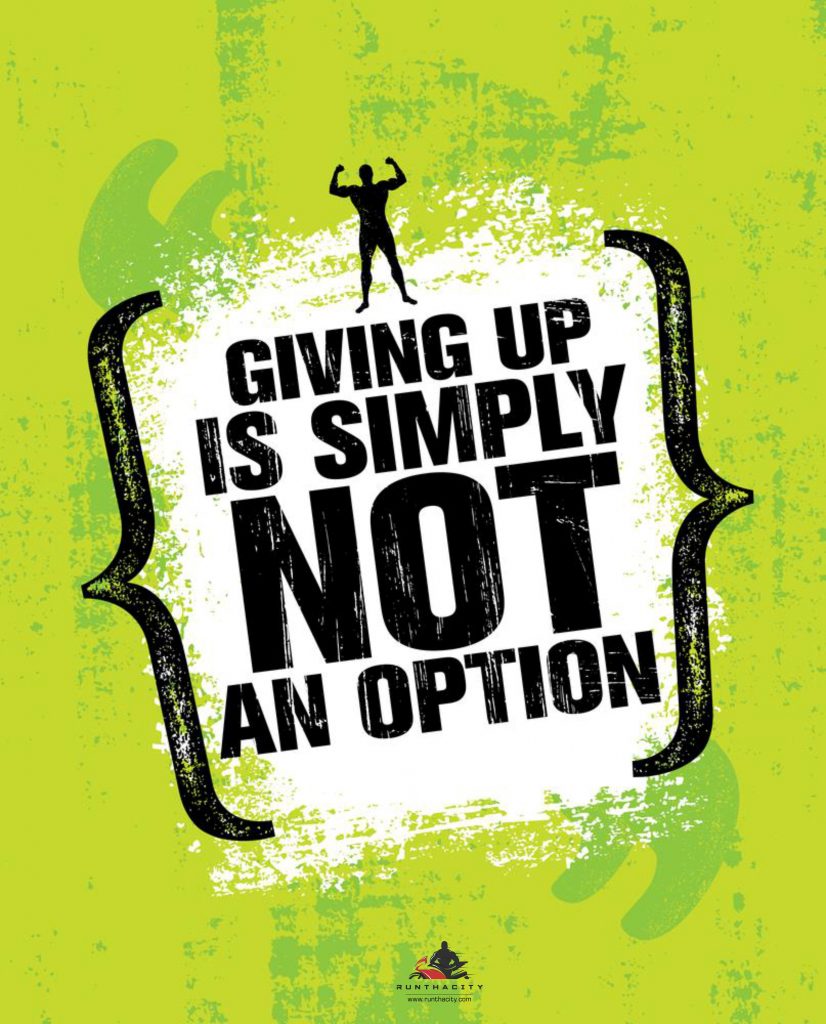















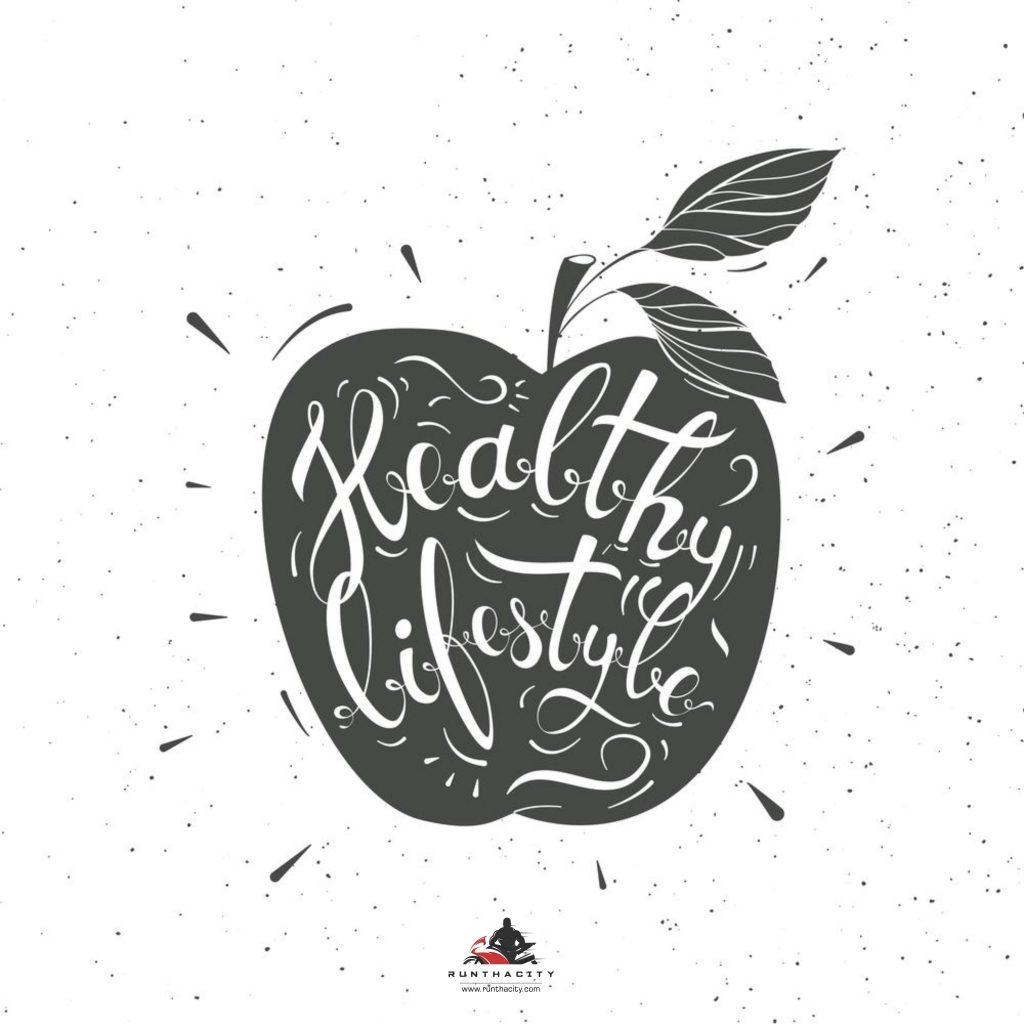










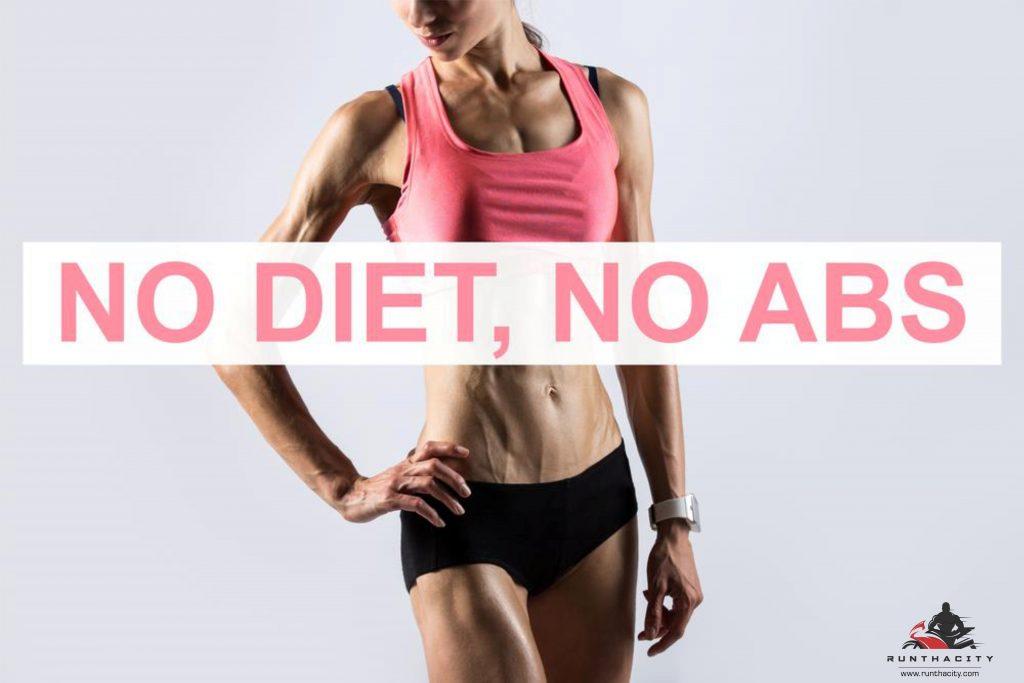







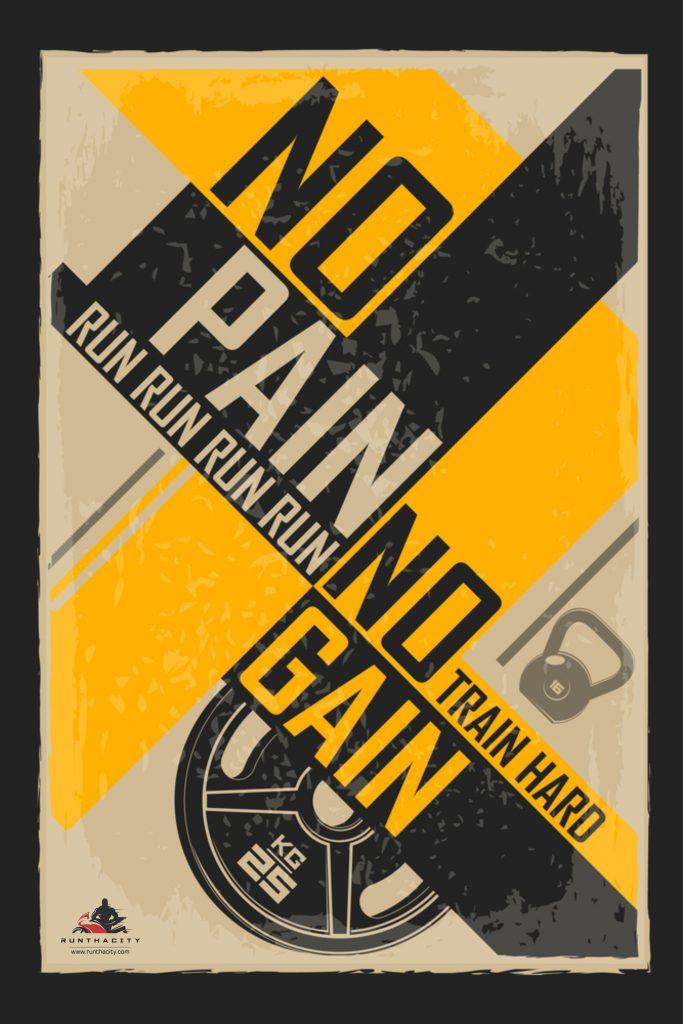



















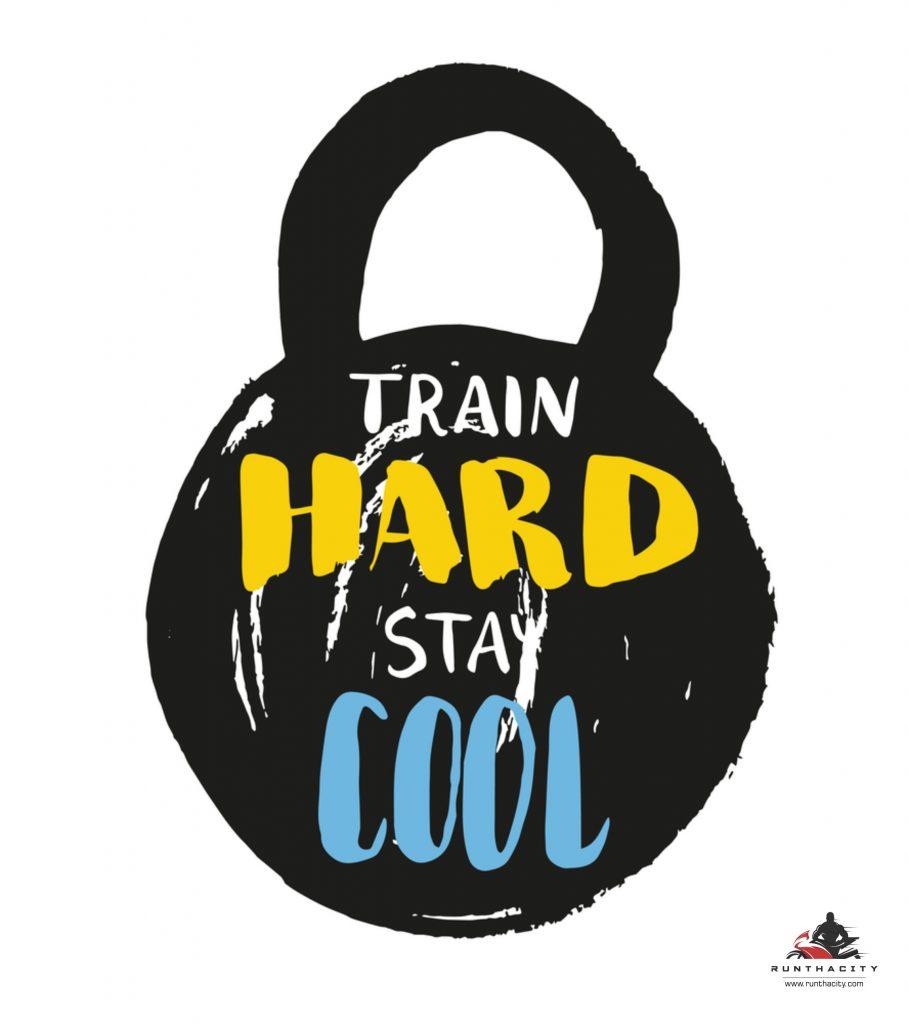























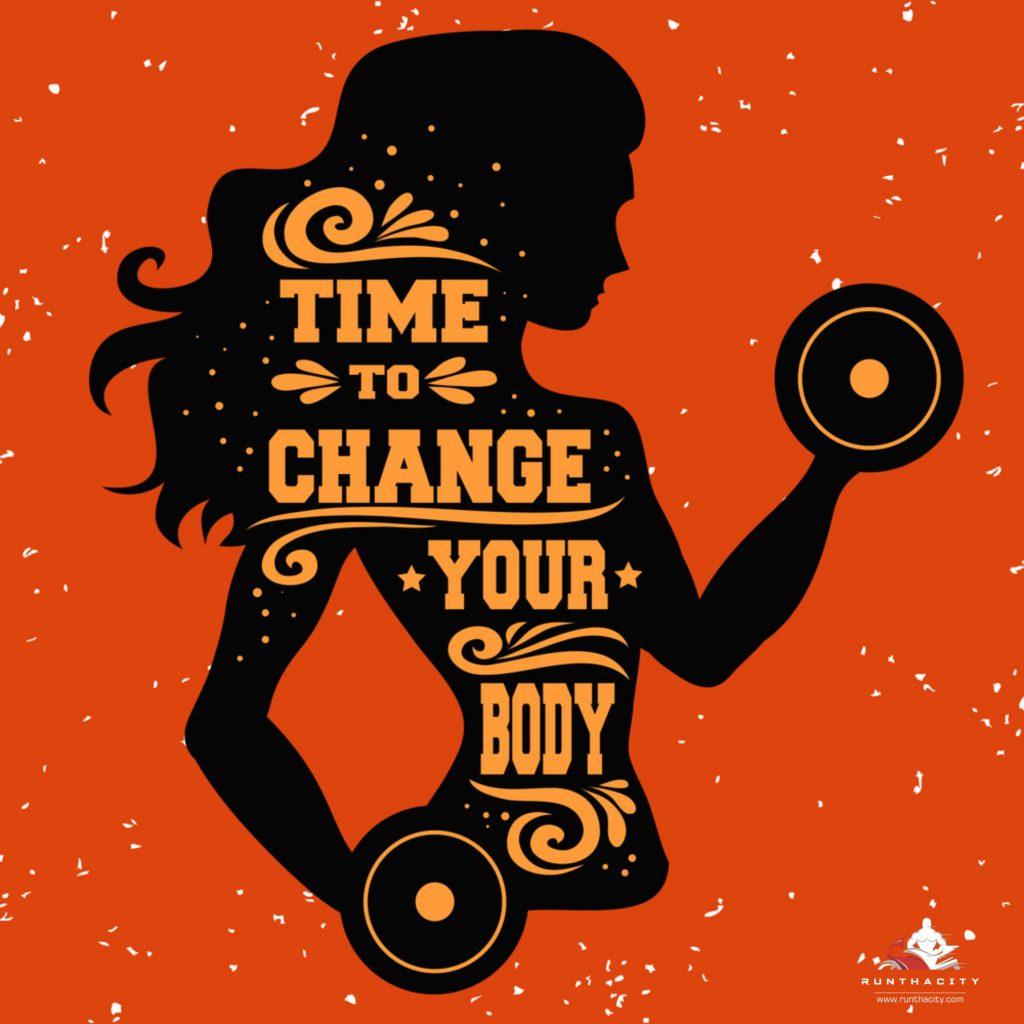



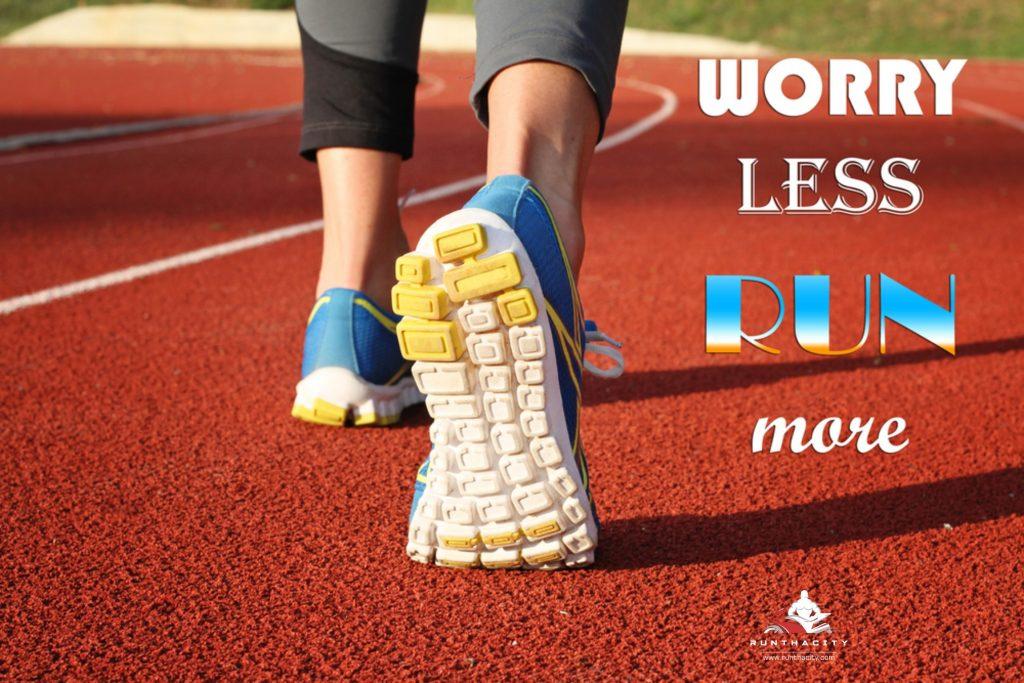












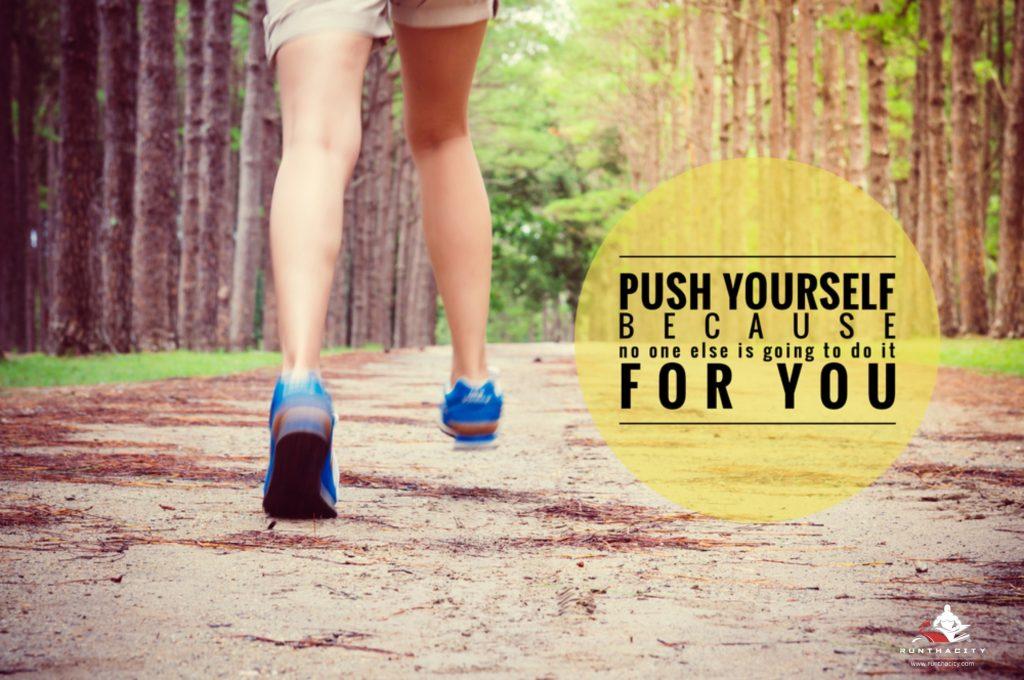






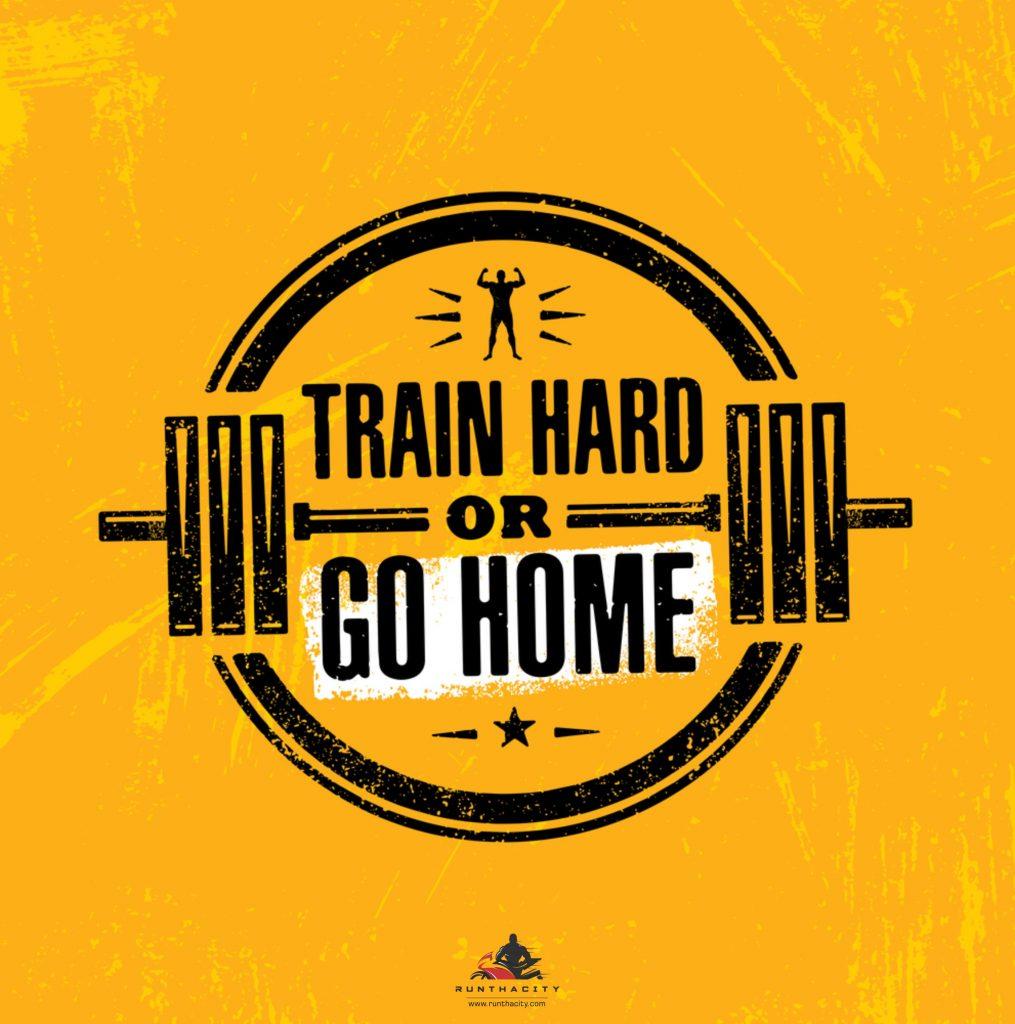




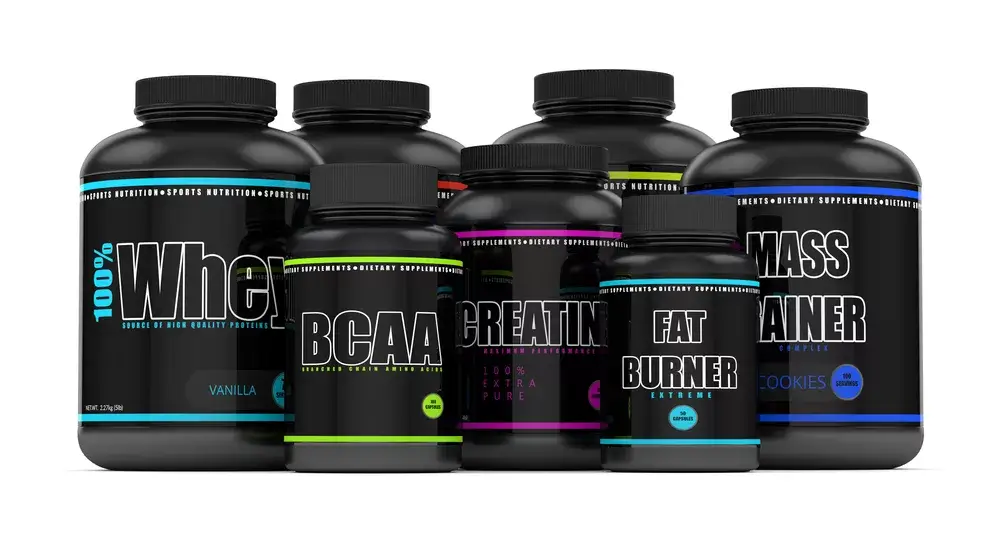







One comment on “How To Improve Your Squat With Box Squats”